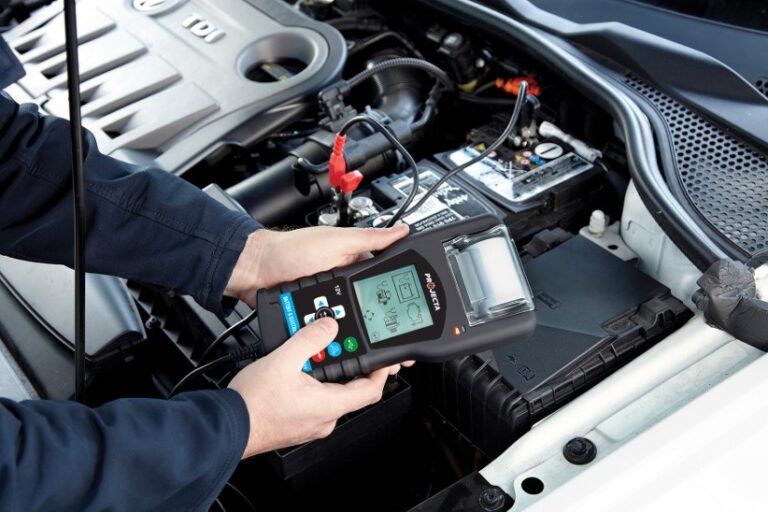For over a century, lead acid batteries have been used to start vehicle engines, but despite substantial advancements in automotive technology, battery-related vehicle breakdowns remain a significant inconvenience and danger for drivers, as well as a drain on efficiency for fleet and leasing operators.
Throughout the 20th century, improvements were made to the design and performance of lead acid batteries, but the challenges associated with excessive heat and corrosion – among the key causes of battery failure – have persisted.
Today new developments in data science and predictive analytics are being used to forecast failure and provide intelligent insights to maximise battery health.
A universal problem
Car battery failure is the primary reason for roadside assistance calls after tyre punctures in Australia. In 2021 alone, RACV Roadside Assist attended 324,371 dead battery callouts across Victoria, resulting in 216,956 jump-starts and 107,135 battery replacements.
Battery failure can be attributed to several factors: internal corrosion, sulfation, and loss of electrolyte. Environmental factors can also accelerate this process. The chemical reaction that car batteries rely on to produce electricity is facilitated by heat, but this also accelerates battery degradation. Whilst a battery can last five years or more in cooler climates, it may only last three years in more extreme climates.
Impact on drivers and fleets
There are several perspectives to consider when it comes to battery failure and the related impacts. From a driver’s point of view, a breakdown can be dangerous and inconvenient as it can happen at any time and in any location.
For fleet or leasing companies, vehicle downtime is not only inconvenient but also disruptive to business operations, leading to financial losses. For enterprise, vehicle breakdowns can be extremely costly, resulting in delivery delays, wasted products, and service disruption.
Finding a solution
Sitting under the umbrella term of predictive maintenance, data science and predictive analytics can be used to forecast the possible failure of equipment, enabling corrective maintenance before it fails.
Predictive maintenance insights are extremely valuable in improving the overall efficiency and reliability of an operation. However, current battery failure solutions lack intelligence and most often rely on rudimentary voltage readings.
The result is many false notifications which can be just as disruptive for a business to manage. Existing solutions can turn these notifications off, which can be the obvious preference over managing volumes of reliable alerts.
Taking an intelligent approach
Artificial intelligence and machine learning play a crucial role in improving accuracy and performance of a predictive maintenance solution – making it possible for software to learn and adapt to deliver valuable notifications.
At Intelematics, we have developed FailSafe, a predictive battery maintenance service that identifies lead-acid batteries reaching end of life. The service uses AI, combined with machine learning, to identify patterns in battery performance, and to train data algorithms to identify issues more accurately. FailSafe can be easily integrated into any telematics solution via an API.
By ensuring timely imminent failure notifications, FailSafe helps to minimise vehicle downtime and battery-related roadside incidents. This is done using filtered alerts which can be tailored in format and frequency to complement existing workflows and processes.
Minimising interruptions and cost
By leveraging the data provided by telematics solutions like FailSafe, enterprise and fleet companies can proactively identify and address imminent battery failures. This approach allows them to replace batteries programmatically, often coinciding with a scheduled service – minimising business interruptions and associated costs.
This approach also provides peace of mind for remote workers or those who rely on their vehicle as a tool of service. For example, a healthcare worker who provides in-home visitation can rest assured that their vehicle will not break down unexpectedly. In turn, this helps to ensure a higher duty of care and safer work conditions for employees.
Ultimately, taking a predictive maintenance approach, combined with the latest AI software, will enable fleet operators and enterprises to reduce downtime, improve safety and increase asset utilisation.







